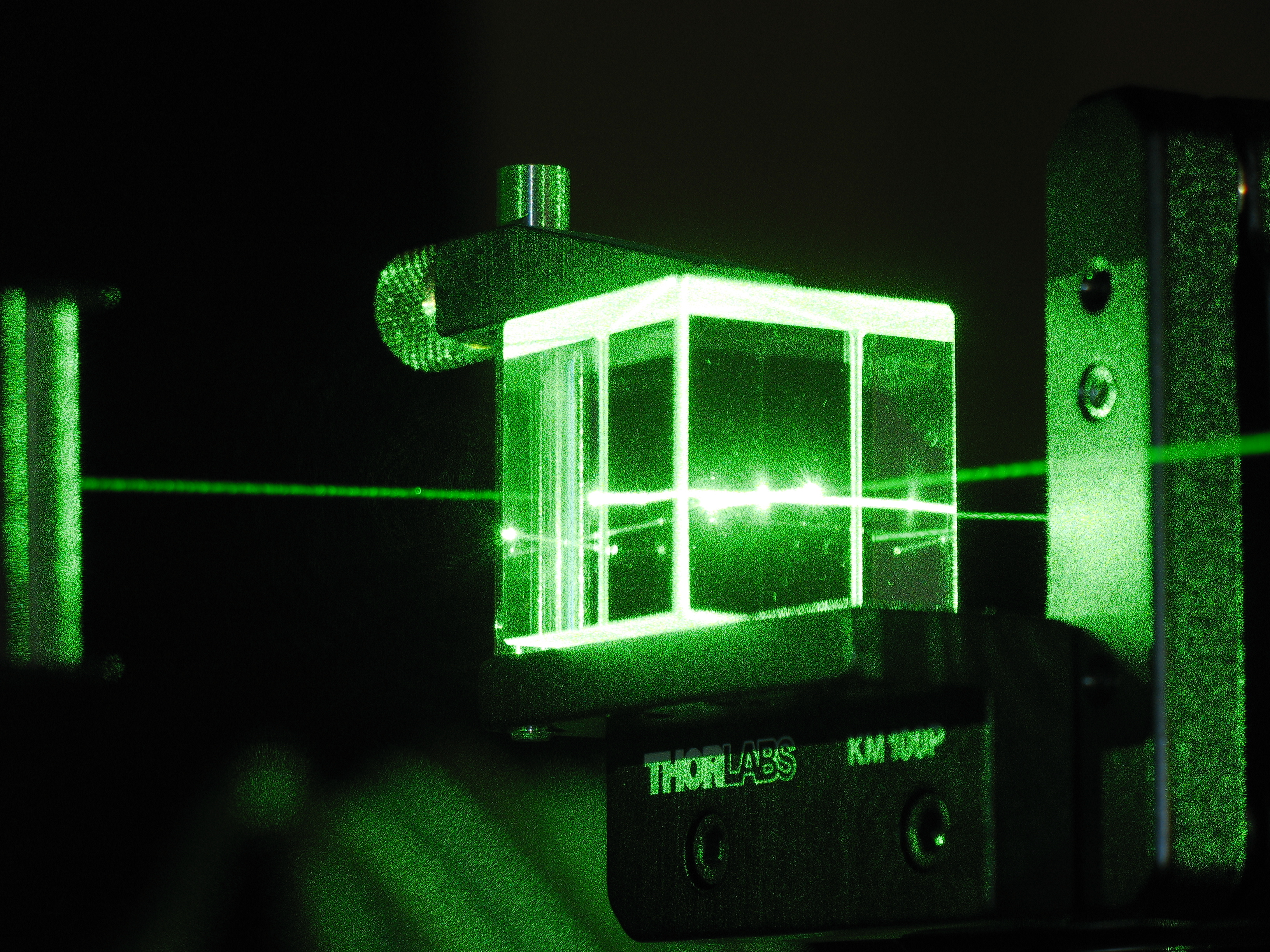Quantum Darwinism, which may explain our reality, passes tests

Pixabay
- Quantum Darwinism, a theory created by Wojciech Zurek, may explain decoherence.
- The theory looks to reconcile quantum mechanics with classical physics.
- Three recent studies support the theory.
Quantum mechanics is always good for a head-scratching idea – in part, due to its seeming incompatibility with classical physics. One of the major conundrums it offers is the concept of superposition – the ability of a particle to exist in a range of possible states. That certainly doesn’t gel with our everyday experience. We appear to be living in one consistent reality where the objects we can observe aren’t fluctuating in and out of existence. The reason why might lie in Quantum Darwinism, a theory bolstered by a trio of recent experiments.
The unification of classical and quantum mechanics has been the holy grail of physics. Quantum Darwinism, a theory first proposed in 2003 by the Polish theoretical physicist Wojciech Zurek of the Los Alamos National Laboratory, looks to reconcile the two by explaining the process of decoherence – the way a quantum system turns to a classical state. Zurek’s theory proposes that it’s how the system is interacting with its environment that causes decoherence, rather than the observation of it. The ubiquity of environmental influences is why we don’t see big objects like ourselves or the moon, for instance, being in quantum states.
Zurek says that quantum systems exhibit “pointer states” – characteristics like a particle’s location or speed that can be measured. During interactions with the environment around it, a particle’s superpositions (like alternative speeds or locations) decohere, with only the pointer state remanning. That is the state people can observe as it “imprints” its replica on the environment. According to Zurek, only the “fittest” state that is best adapted for the environment will come out of decoherence. Hence, the connection to Darwinism.
In an interview with The Foundational Questions Institute in 2008, Zurek elaborated on his thinking, saying “The main idea of quantum Darwinism is that we almost never do any direct measurement on anything.” He added that “[The environment] is like a big advertising billboard, which floats multiple copies of the information about our universe all over the place.”
“Quantum Darwinism” explained by Dr. Wojciech Zurek
If you’re still following this mind-twister of an idea, you’d be happy to know that there have been recent experiments carried out that tested Quantum Darwinism, as reported by Quanta Magazine. Three separate groups of researchers from Italy, China and Germany looked for signs of imprints left by a quantum system on the environment. Two experiments involved sending laser photons thru optical devices, while the third exploited the nitrogen-vacancy defect. As Zurek told Quanta, “All these studies see what is expected, at least approximately.”
The research was carried out by Mauro Paternostro, a physicist at Queen’s University Belfast and collaborators at Sapienza University of Rome, quantum expert Jian-Wei Pan and co-authors at the University of Science and Technology of China, while the third team included physicist Fedor Jelezko at Ulm University in Germany in collaboration with Zurek and others.
These studies are still nascent in the field and more is to be understood in future experiments in order to get a fuller picture of how our reality condenses from different possibilities.





